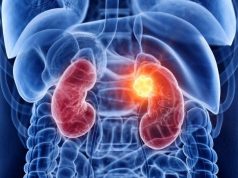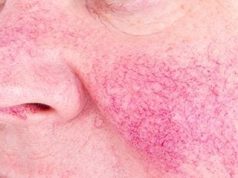Mortality lower with more meds for older nursing home residents after acute myocardial infarction
TUESDAY, April 9, 2019 (HealthDay News) — For older nursing home residents, use of three or four secondary preventive medications following acute myocardial infarction (AMI) is associated with reduced mortality, according to a study published in the April issue of Circulation: Cardiovascular Quality and Outcomes.
Andrew R. Zullo, Pharm.D., Ph.D., from the Brown University School of Public Health in Providence, Rhode Island, and colleagues conducted a retrospective cohort study of nursing home residents aged ≥65 years using 2007 to 2010 national U.S. Minimum Data Set clinical assessment data and Medicare claims. The authors compared 90-day death, rehospitalization, and functional decline for new users of two medications versus one medication and three or four medications versus one medication.
Data were included for 4,787 residents, with 509 deaths, 820 with functional decline, and 1,226 rehospitalization events. The researchers found that the odds of mortality were 0.98 (95 percent confidence interval [CI], 0.79 to 1.22) and 0.74 (95 percent CI, 0.57 to 0.97) for individuals who initiated two and three or four medications versus one medication, respectively. The corresponding odds ratios for rehospitalization were 1.00 (95 percent CI, 0.85 to 1.17) and 0.97 (95 percent CI, 0.80 to 1.17); for functional decline, the corresponding odds ratios were 1.04 (95 percent CI, 0.85 to 1.28) and 1.12 (95 percent CI, 0.89 to 1.40).
“The results suggest that use of more secondary prevention medications after AMI is indicated for frail, older adults who wish to maximize their longevity,” the authors write.
Copyright © 2019 HealthDay. All rights reserved.








